Salem's Minto Island Bicycle and Pedestrian Bridge in the News
/Click here to read about the history and overview, as well as some of the technical issues surrounding this transformative project in downtown Salem.
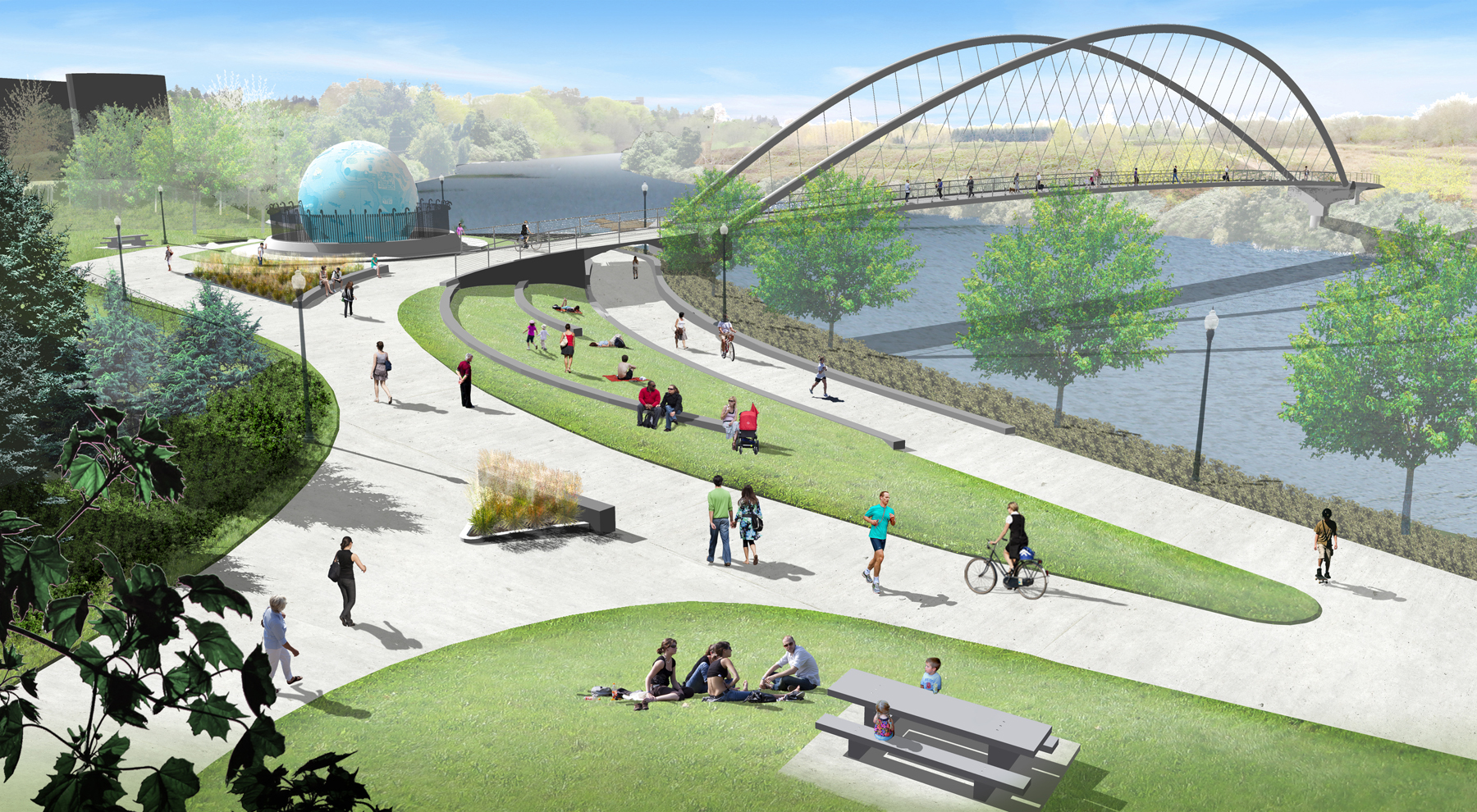
Click here to read about the history and overview, as well as some of the technical issues surrounding this transformative project in downtown Salem.

Construction is nearing completion for the second phase of the North Canyon Nature Play Area at Silver Falls State Park. This will be the first Nature Play area implemented within the State Park system. The grand opening is scheduled this summer in early August.
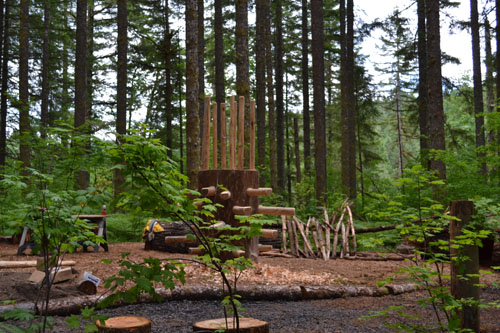
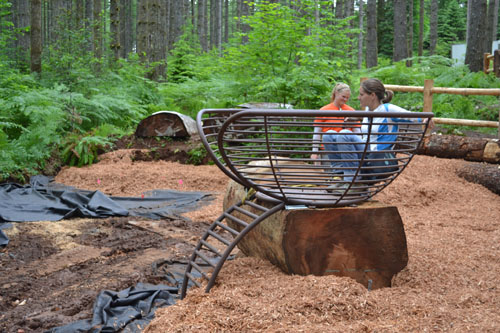
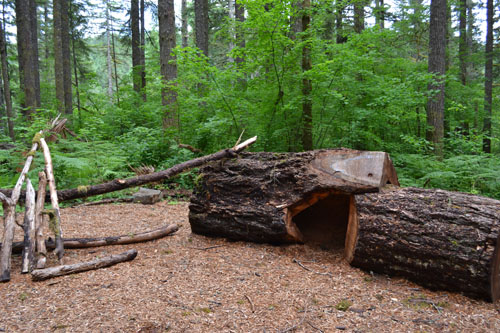
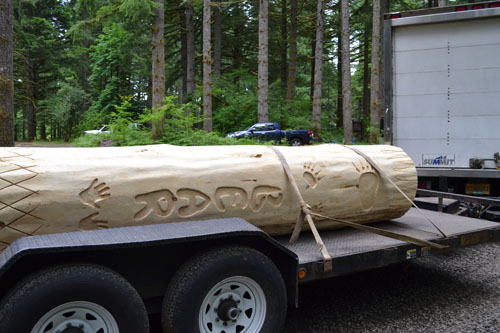
Featured in the the Clackamas Review the Mt. Scott Creek Restoration Project at North Clackamas Park is scheduled to be completed in the upcoming weeks. To read the article, click here. Below are pictures of the construction of the confluence overlook.
Stay tuned for photos of the finished project and information about the grand opening!
With the completion of the Big Pipe in 2011, water quality in the Willamette has improved by leaps and bounds. In the wake of this achievement, Will Levenson, head of the non-profit Human Access Project, is leading an effort to change people’s perceptions of the river and encourage recreation in the water and along the waterfront. Mr. Levenson started The Big Float, an annual inner tube float across the Willamette River in downtown Portland to bring awareness to the improved water quality. He has also organized several volunteer clean up days that have uncovered the beach at the base of Tom McCall Bowl and removed 75 yards of concrete from Hawthorne Cove on the east side of Hawthorne Bridge.
Greenworks became involved in the Human Access Project in November 2012, bringing our extensive experience designing places for people within sensitive natural environments, which focus on balancing access with habitat conservation.
This balance is certainly a key consideration as the Human Access Project gains momentum through additional community outreach and scaled interventions along the Willamette’s shores. Greenworks is honored to be contributing to this worthy cause and looks forward to witnessing the transformation of Portland’s largest public open space in the years to come.
The finishing touches are going on at the College Nature Park site at the corner of Troutdale Road and Stark Road in Troutdale, Oregon. Metro purchased the site from Mt. Hood Community College and the City of Troutdale is developing it for recreation as well as preserving it for open space. This project is the first phase in the Beaver Creek Trail system that will eventually link together Mount Hood Community College, Beaver Creek Canyon, local neighborhoods and the 40-mile regional trail. The multiuse, accessible trail loop features three wetland overlooks offering unique views into the Beaver Creek wetlands below. Street improvements along Troutdale Road provide parking, access and improved green street facilities. A rustic stone wall and a curving trail fit the sites rolling topography and make this brand new development feel like it has always been there. This is another great GreenWorks project example of balanced conservation and recreation.

With the high demand to incorporate nature into people’s lives in urban settings yet provide basic needs such as playgrounds and passive open space, there is a new type of park emerging: Nature-Based Neighborhood Park. Engelman Park in Wilsonville, Oregon has the elements of a traditional neighborhood park, but it feels quite different. Located in a high-density residential neighborhood, the nature-theme is a derivative of the large amount and size of the existing trees planted by the Engelman family in the 1960’s. Along with the preservation of the urban tree canopy, the design relies on vast native planting areas and an understory of forest duff, as well as nature-based playgrounds to give the sense and feel of a wild, natural environment amidst a developed neighborhood setting.
On opening day, children started their play experience at the nature-themed playground structures near the entrance of the park. After a few runs down the slide, they made their way along the crushed rock path that follows the dry-creek bed towards the play equipment in the back of the park that focus on balancing and climbing. Along the way, the kids discovered boulders and downed logs carefully placed throughout the park as landscape elements. As soon as one child strayed off the trail, others followed suit as if they never had the opportunity to see and touch a real rock or log. Next thing we knew, a two-year old was insisting the dry creek bed was their personal pathway. Why walk on plain-old concrete when you can walk on rocks?
Nature-Based Parks allow for self-discovery; children are free to roam the park and play in areas that are unlike any place they have seen or been to. Despite being quite simple looking, it was no small feat to create this feeling in a one acre park. It took thoughtful design moves to create the space, from the layout and scale of paths and gathering spaces, to planting design, to the placement of boulders and downed logs. The park was designed to represent a wilder, natural environment with an aesthetic that enables park users to feel as if they have left the City without going far from home.
NATURAL PLAY SETTING Last week construction was in full force at Silver Falls State Park with a crew working on the natural play area. The Bear, Cougar, and Bird themed discovery areas are being developed with unique large log components. The North Falls Nature Play Area was designed around a 1/4 mile loop trail with 15 animal themed areas. The setting and access to natural materials will make this a fantastic project!
CONSTRUCTION AND VOLUNTEERS A four foot diameter fir tree was felled, portioned into pieces, peeled and placed in the natural play area. Half of the tree will become a crawl through 'cub den'. The other half will be hollowed out and become the 'bear cave'. Tons of rocks were arranged into a scramble so kids can climb the rocks like a Cougar would. A group of volunteers braved the rain last weekend and planted hundreds of native trees and shrubs. The play areas instantly felt more alive. The bird blind was also set and the project is one step closer to completion. Look for a grand opening announcement in June 2013.
Wilsonville’s next Neighborhood Park, Engelman Park, is nearing completion. Site amenities include paths, native plantings, seating areas, and nature based playgrounds which are nestled amongst a framework of large specimen trees that include Douglas Fir, Engelmann Spruce, and a lone Red Oak. JP Contractors will be completing the construction next month for the park which will provide a central open space for the Montebello neighborhood.

The City of Salem and Salem’s Urban Renewal Agency are moving forward with plans to connect three major urban parks and more than 20 miles of trails along the Willamette River. The Minto Island Bicycle & Pedestrian Bridge is a tied-arch design spanning 600-feet over the Willamette Slough, connecting the existing path in Riverfront Park to the 900-acre Minto Brown Island Park.
GreenWorks developed a conceptual framework that integrates the bridge terminus in Riverfront Park with the existing circulation, the 30’ diameter “Eco Earth” art globe, as well as the existing park infrastructure. New terraced seatwalls provide additional park seating overlooking the Slough, and are complemented with accent plantings that help anchor the bridge terminus.
Construction could begin as early as Summer 2014. Click here for a link to the City of Salem website, which provides additional information about this exciting project.
Recently, the Bend Park & Recreation District has been working on a plan to alter the spillway on the Deschutes River at the Colorado Dam in downtown Bend to enable kayakers and inner-tubers to ride downstream without having to maneuver around the dam. The Colorado Avenue Dam creates an impoundment that was once used to support lumber mill operations and also maintains surface water levels upstream in the Mill District area. The dam is located in an area of the river that is heavily used during the summer months by people on inflatable rafts and inner-tubes. The current configuration blocks downstream passage and requires all river users to exit the river and put-in downstream. The dam creates a pinning hazard exposing a high number of users to the potential of being swept into the dam.
GreenWorks, as part of a team including OTAK, Pacific Habitat Resources, and RiverRestoration.org, provided a design for safe passage over the existing Colorado Dam for many types of river users including inflatable crafts, and hardshell boats like kayaks and canoes. The design includes whitewater play features, a higher pedestrian bridge and increased habitat diversity along the river. By incorporating a fish passage and on-bank habitat restoration, improvements to McKay Park, and removal of the existing pedestrian bridge, the design will achieve improved safety for river users and environmental conditions of the river.
Integrating people and nature through creative and sustainable design.
Landscape Architecture | Environmental Design
110 SE Main St, Suite 100, Portland, OR 97214
e. info@greenworkspc.com p. 503.222.5612 f. 503.222.2283